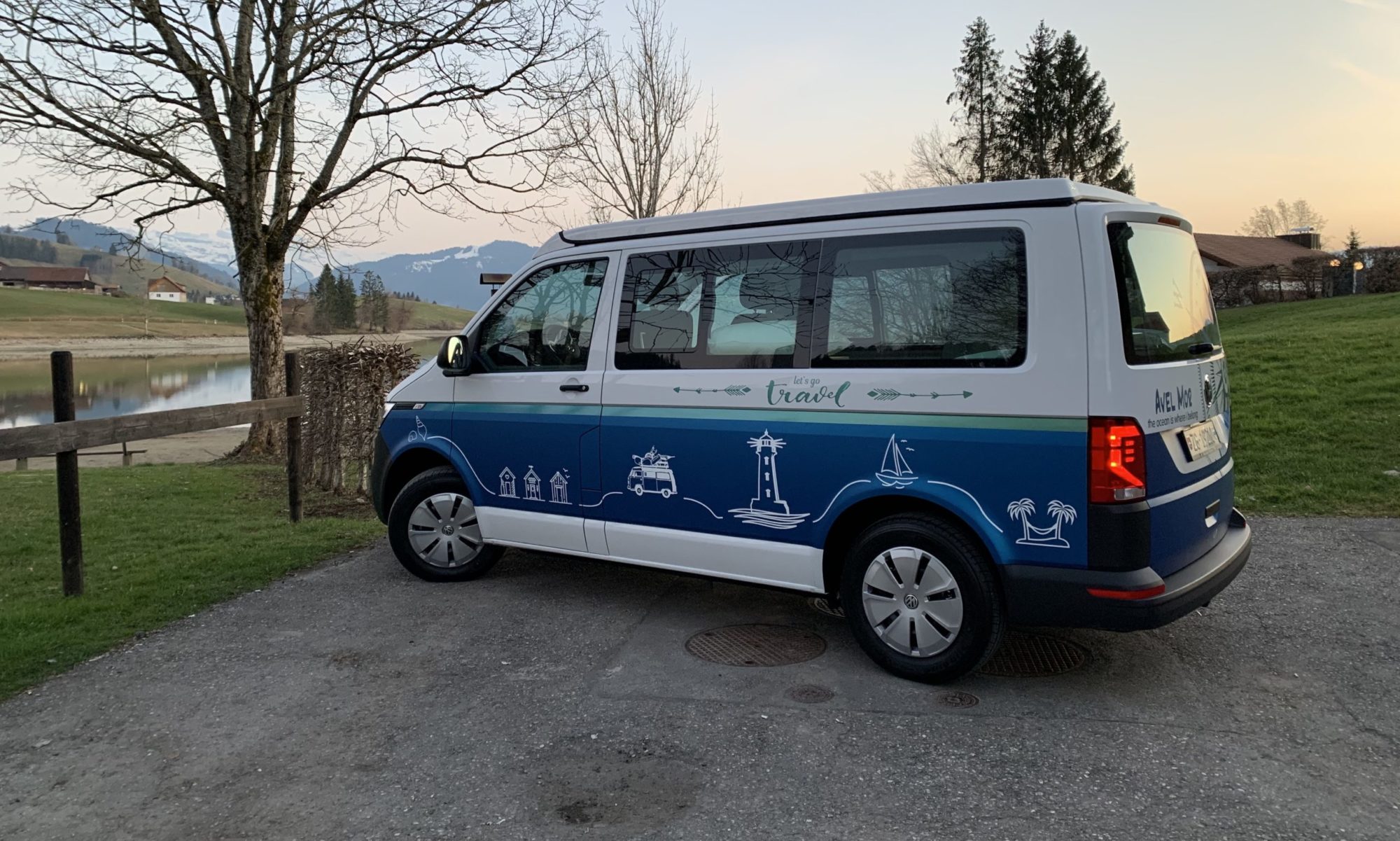After a day at the hotel my adventurous spirit takes over again. I want to pay a visit to the nearby concentration camp. It was meant for political prisoners and only closed in the 1970ties! It’s called „the camp of slow death“. 32 of the detainees didn’t make it.
I want to walk there to be a bit sporty. The receptionist at the hotel discourages me, though, to walk along the shore, as it is only “dust” as she puts it. So, I wander through the seemingly endless town of building sites. At one point, I see people living in makeshift huts and I do not feel fine walking there, so I rejoin the main street. What a contrast! Neatly tarmacked, even a nice cycle-lane.
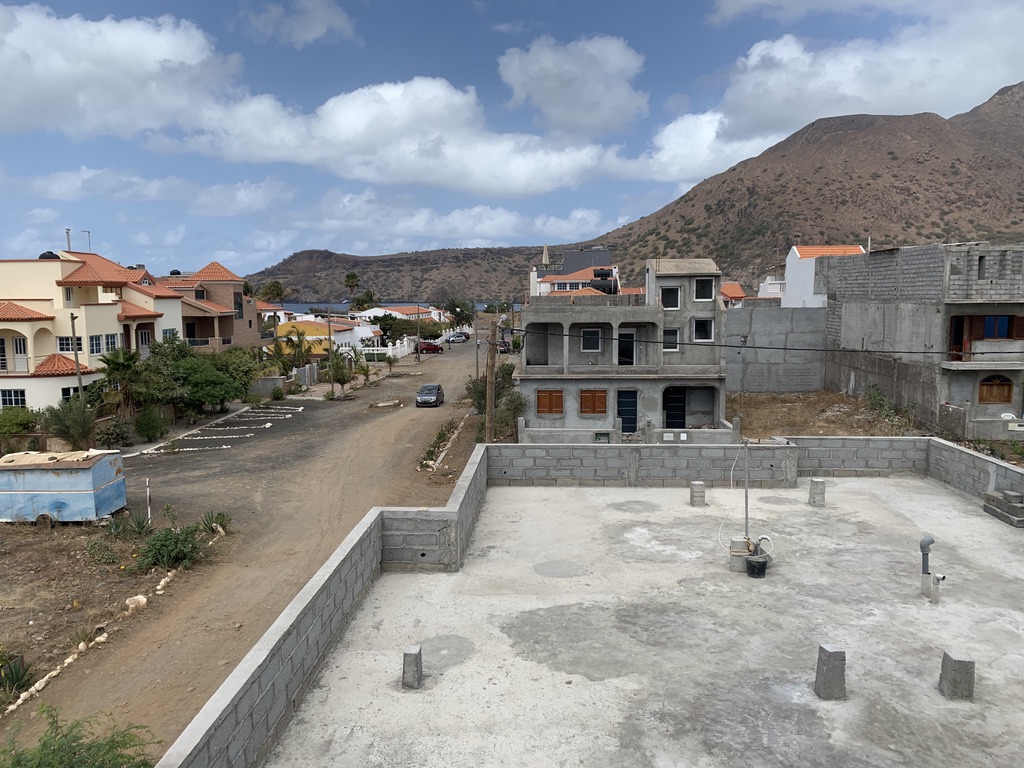
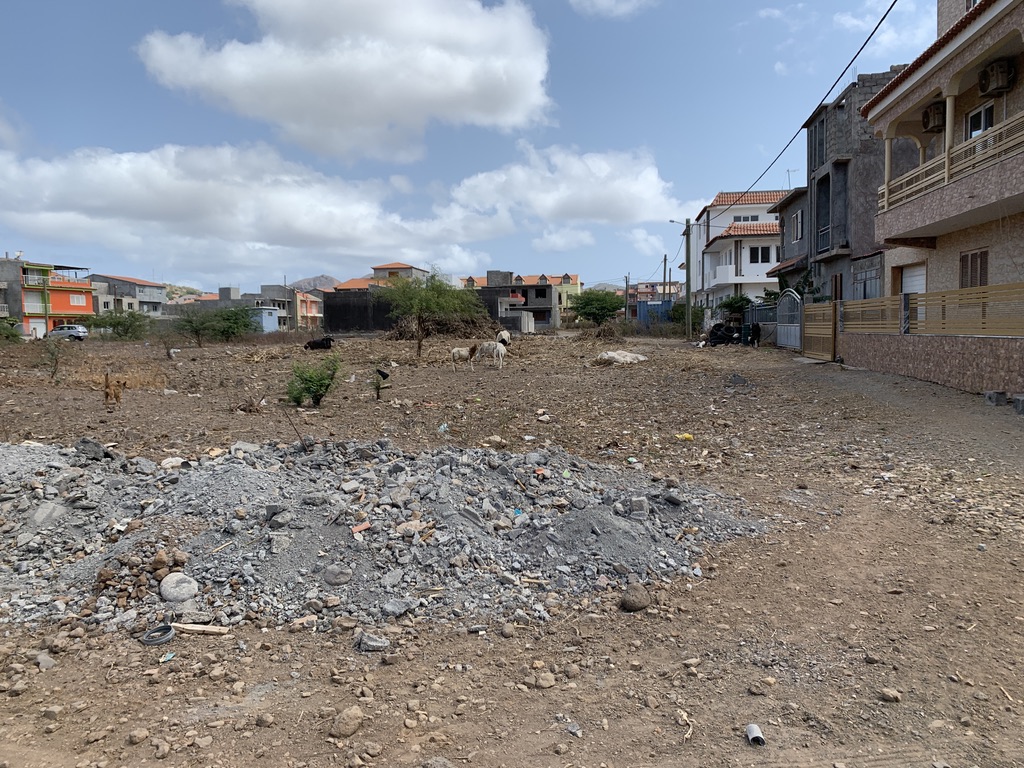
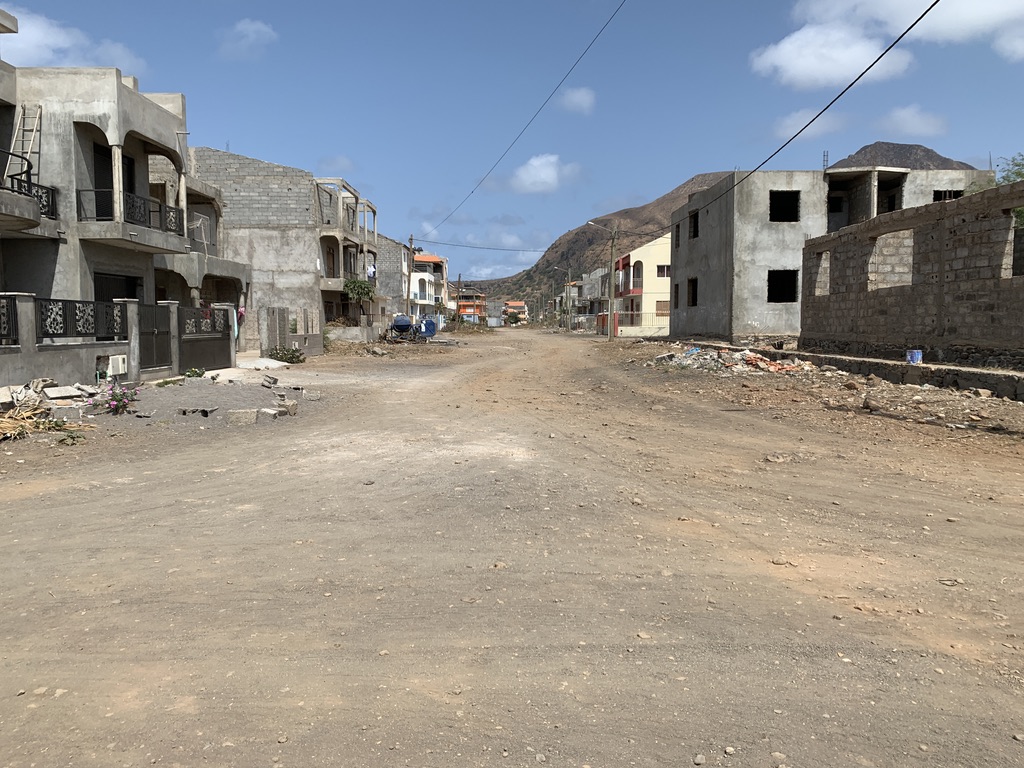
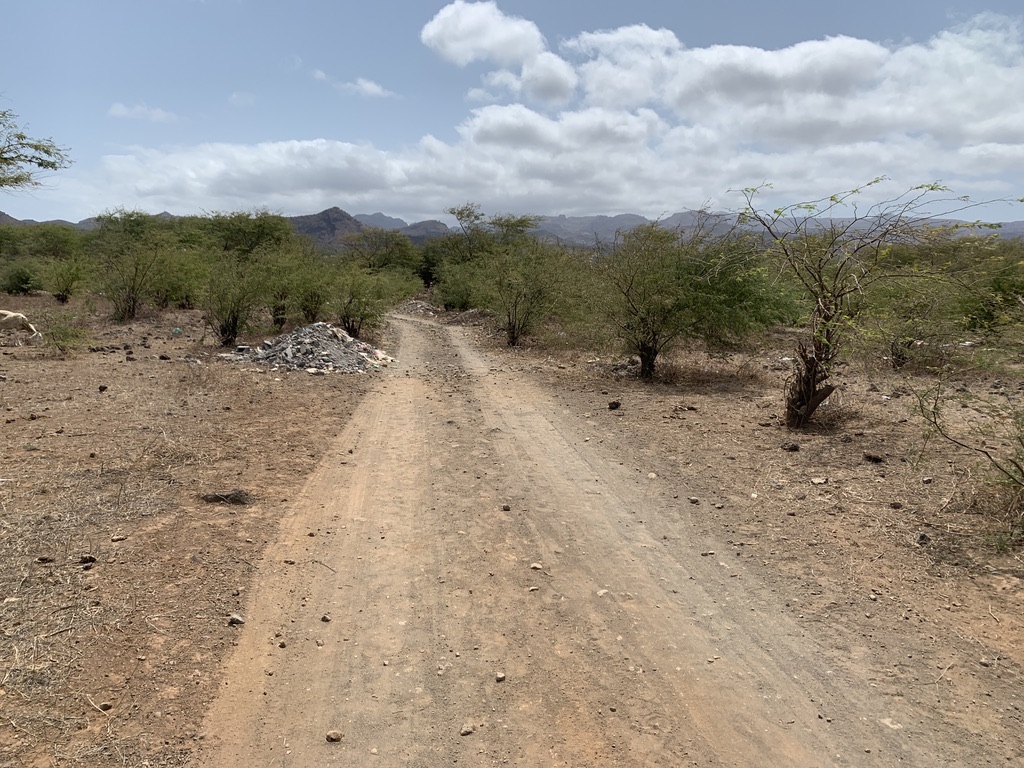
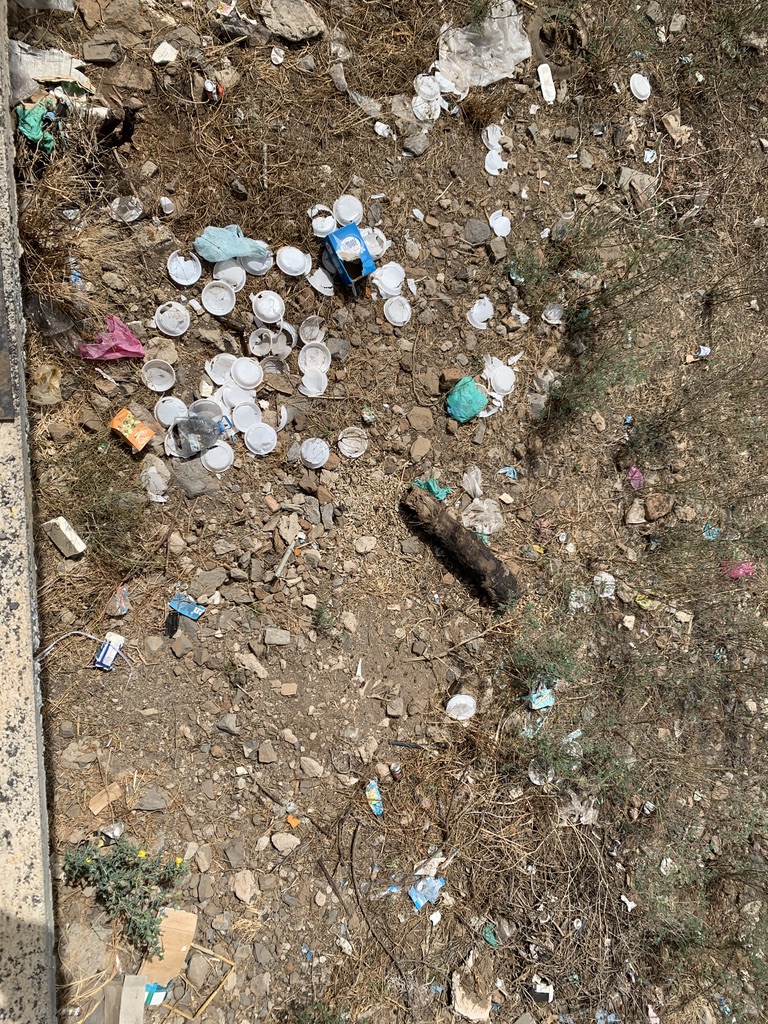

Once again there’s the problem of change. I only have a 1000 Escudos (10 Euros) bill, the entry fee is 200 Escudos and I cannot be given change. In the end, I give pretty all my coins (which is less than 200 Escudos) and am let in.
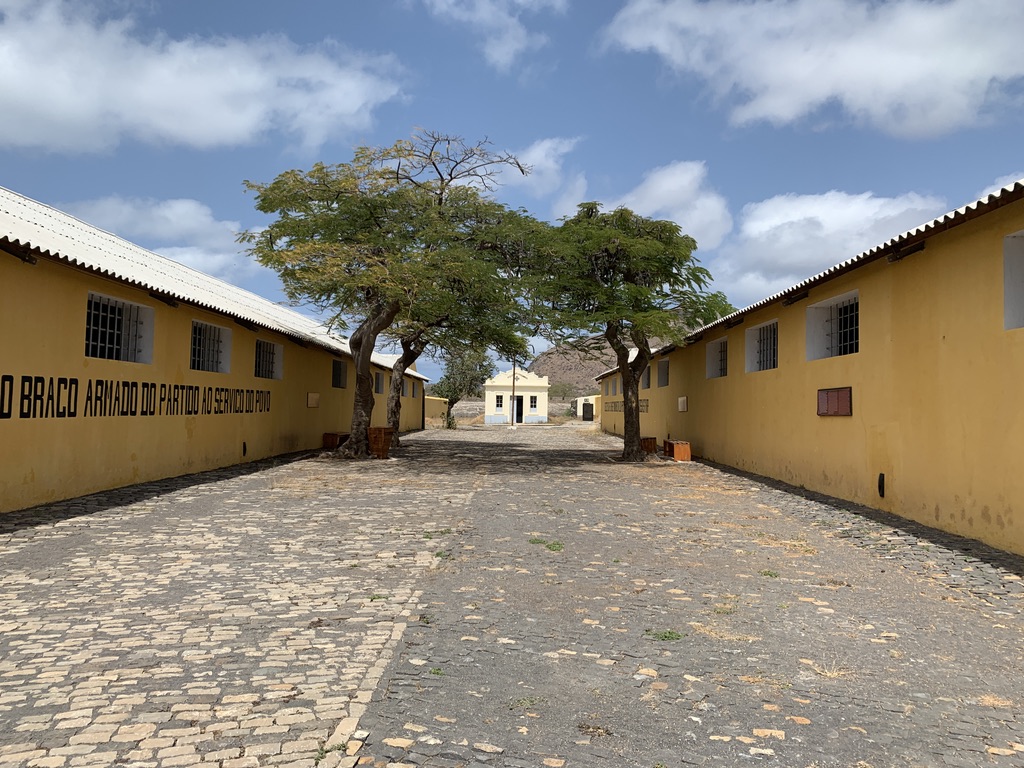
The place’s sight is oppressive as probably any sight of a detention or concentration camp. Campo da morte lenta (slow death camp) was opened in the late 1930 to host Portuguese anti-fascists when António de Oliveira Salazar was in power and established his so-called Estado Novo, a dictatorially lead state, relying on secret police after the example of the German gestapo. Later, independence fighters from Angola, Cape Verde and Guinea-Bissau were kept here. Portugal was trying to hold down any independency movements in their colonial wars against Mozambique and Angola between 1961 and 1974 . All this came only to an end after the Carnation Revolution (Nelkenrevolution) on 1 May 1974 when democracy was reinstalled in Portugal. This was also when the doors of the concentration camp were finally opened up and all prisoners released.
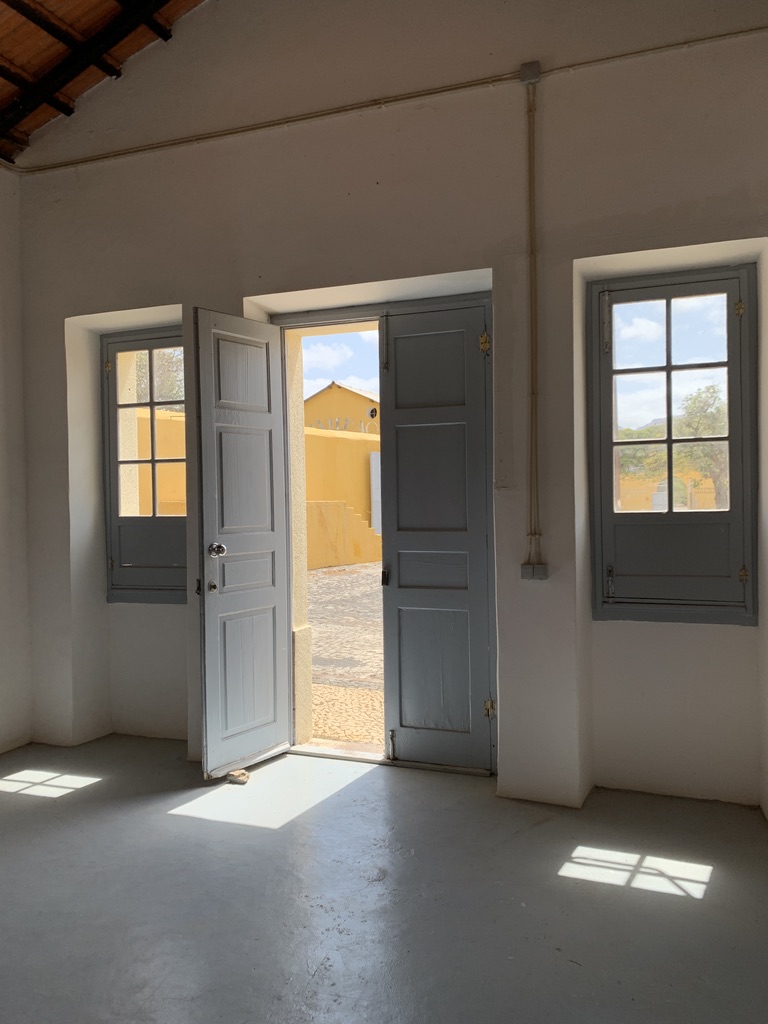
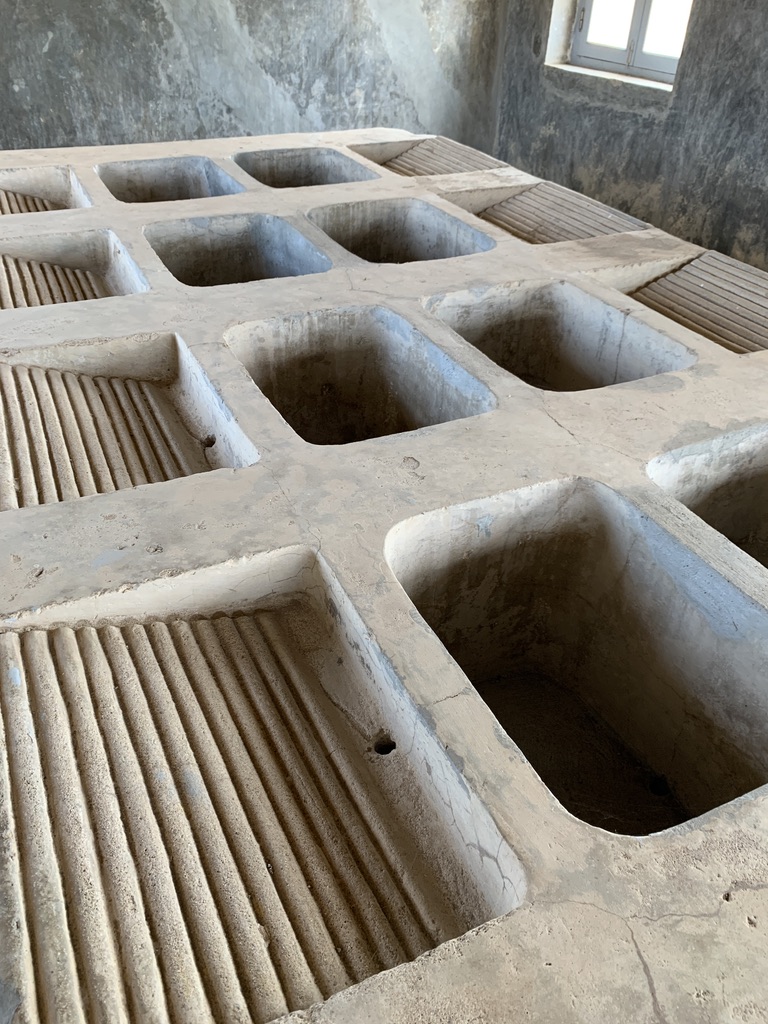
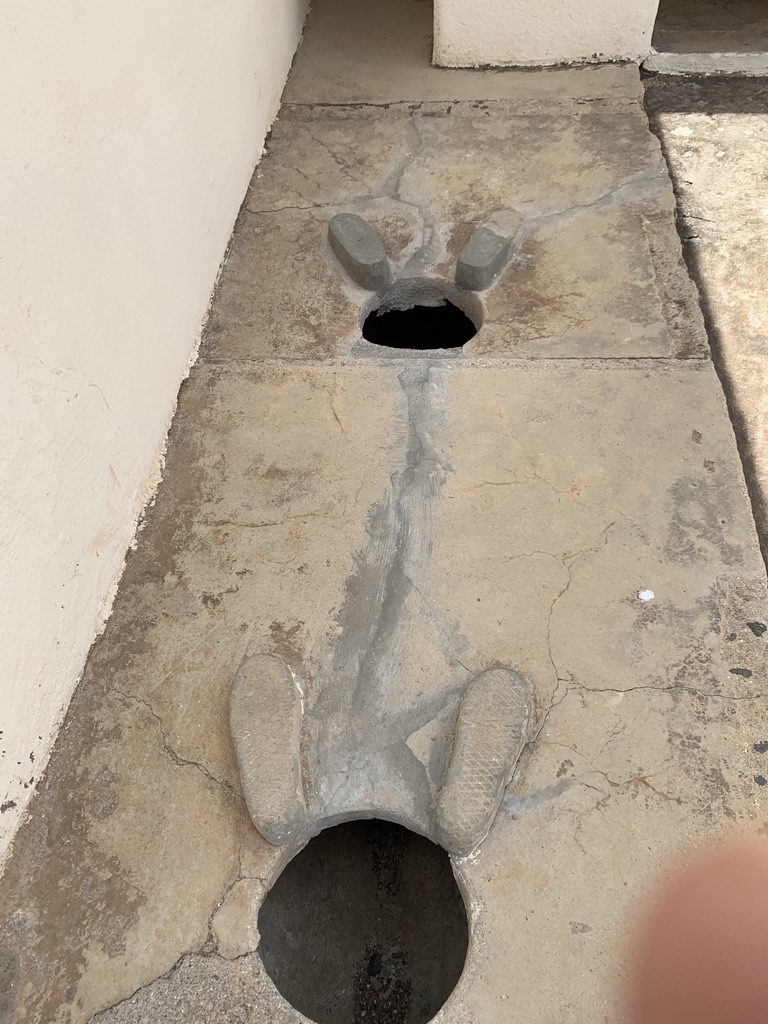
The main cells where the prisoners were kept, are rather large. Still, one has to imagine a hundred prisoners huddled together and deprived of any privacy here. All in all, there were 340 anti-fascists and 230 anti-colonialists imprisoned here. Far worse were the so called “correction cells”, where prisoners were put when they had misbehaved. The cells are 3m long and 2.5m wide, completely enclosed cement boxes, that became unbearably hot during the day. It was almost completely dark in it and at one end there was the iron door with a few air holes in it. I find scribbles dating from 1950.
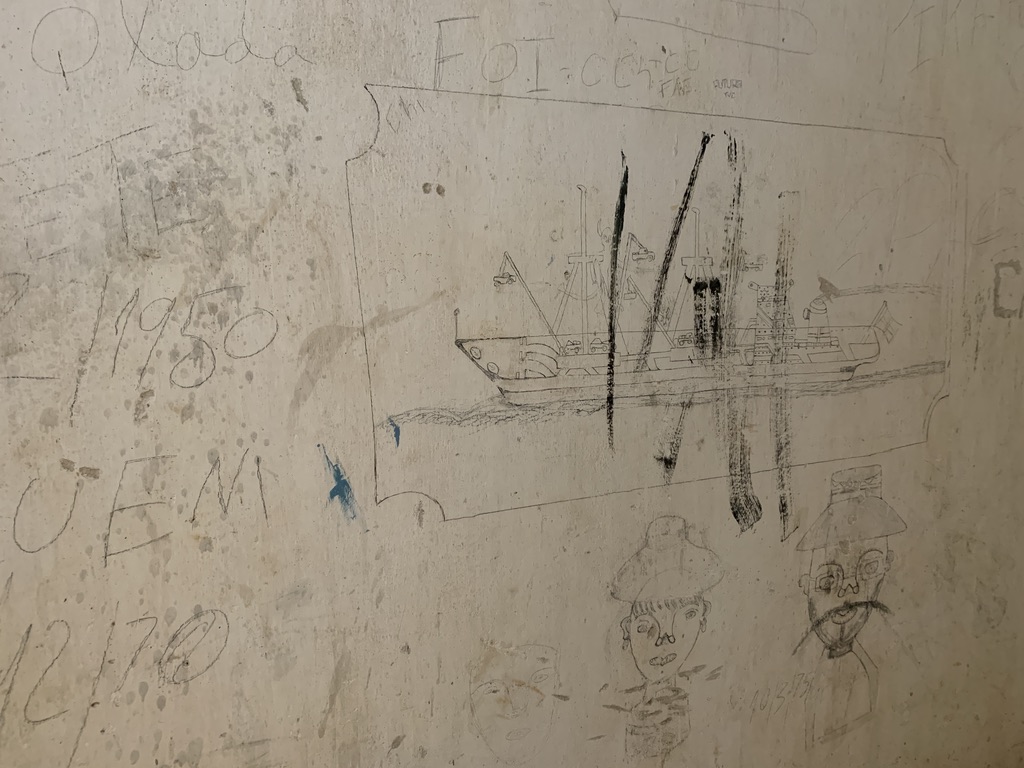

Most prisoners died of malnutrition. Food was scarce and bad, particularly the meat was most of the time already rotten. Prisoners found trichinosis in pork. I read that proper meat was often replaced by crow meat – which was found abounded on the premises. Prisoners put bread balls into their nostrils in order not to smell the foul taste of the dish and be able to swallow it at all – to survive.
Numerous illnesses were caused by this malnutrition, beriberi, scurvy, xerophthalmia, anemia, intestinal infections. But prisoners were not given any medication. Even the surgeon of the camp was desperate as he had ordered medication from the mainland Portugal “two years ago”!
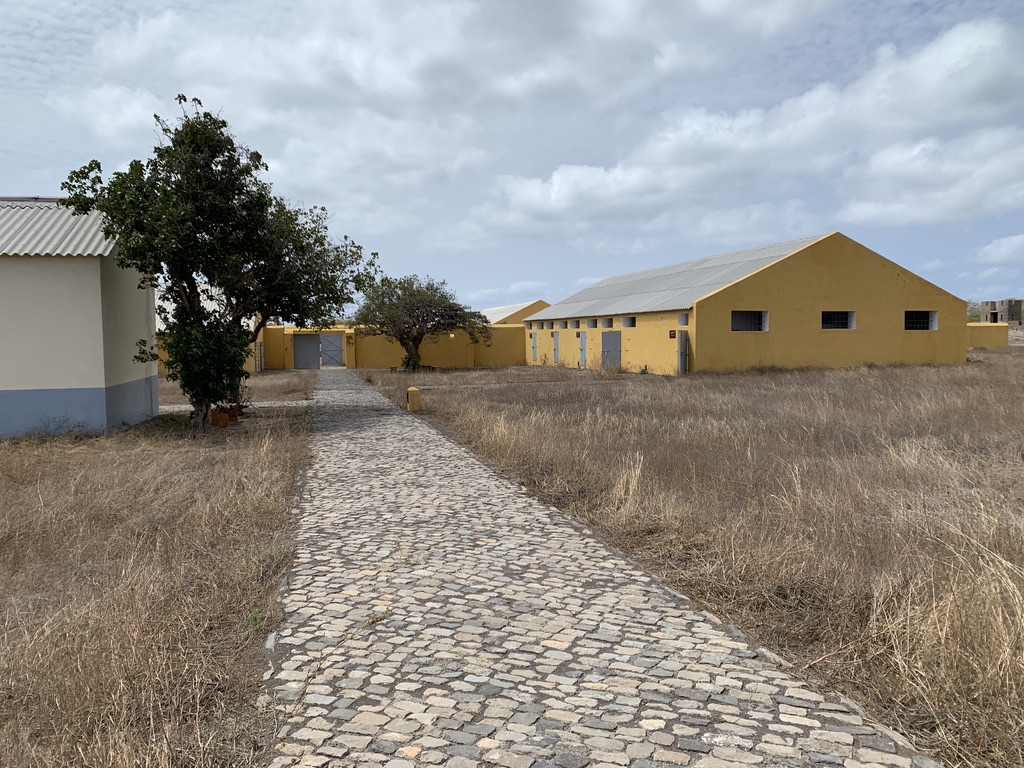
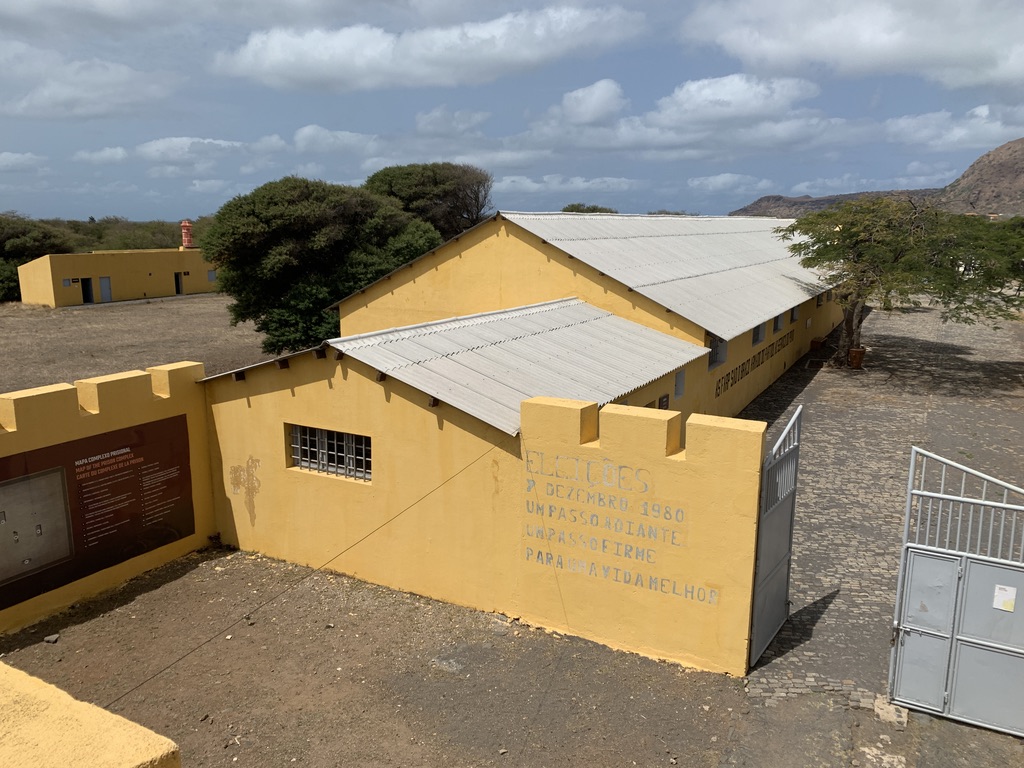
After this rather depressive visit to the camp I make my way back to the beach. Just before I reach it, a woman addresses me, whether I’d like to have a coconut. I think a fresh coconut would actually do good to my still upset tommy and agree. I show her the 1000 bill before she opens the nut for me. I drink the coconut water, which is tasty, but not my favourite. I wanted to have the coconut meat rather than the water. But when she opens the nut for me, there is no meat. I feel betrayed, especially as she is making a fuss of not having any change. She tells me to go down to the bar at the beach and change – and I tell her that she should do this. So, she addresses by-passers and one of them addresses me – in Swiss German. Daniel is here for 7 weeks or so – trying to recover from difficult times as he says – as me. We spend the afternoon at the beach, talking and drinking Caipirinhas and later have dinner together. It’s nice to be talking to him – far travelled and multi-experienced and knowledgeable! No small-talk. Almost everyone gathers at Tarrafal beach in the evening. The smoking German-French couple have come as well as other guests from my guesthouse – what else can you do in Tarrafal?
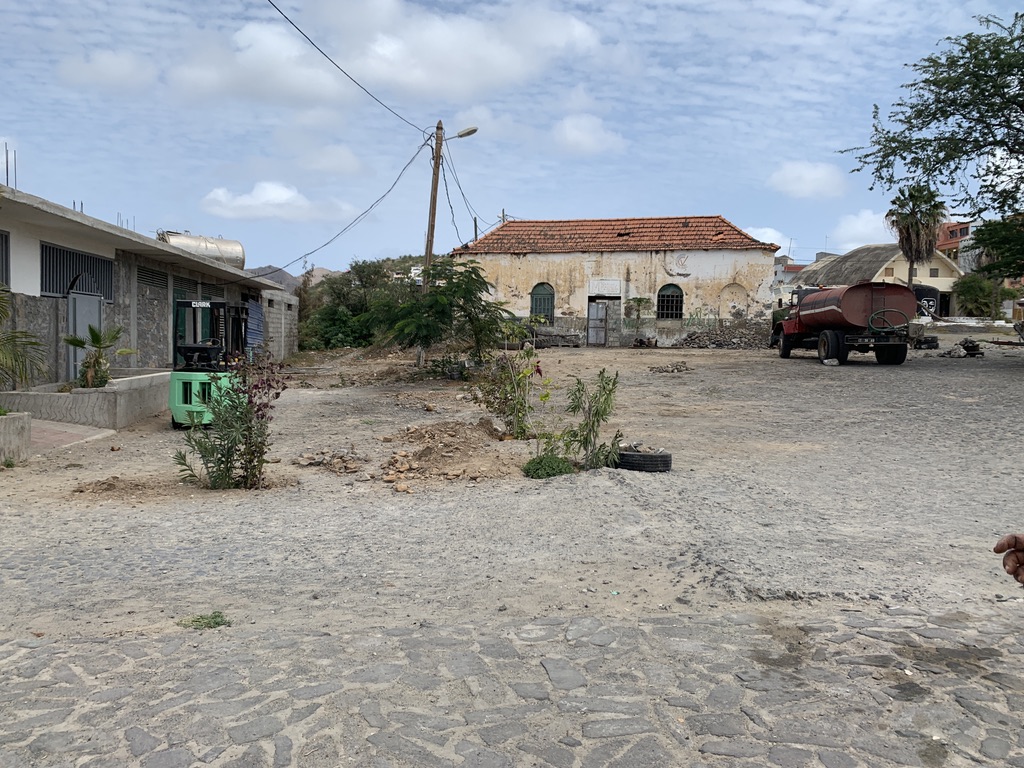

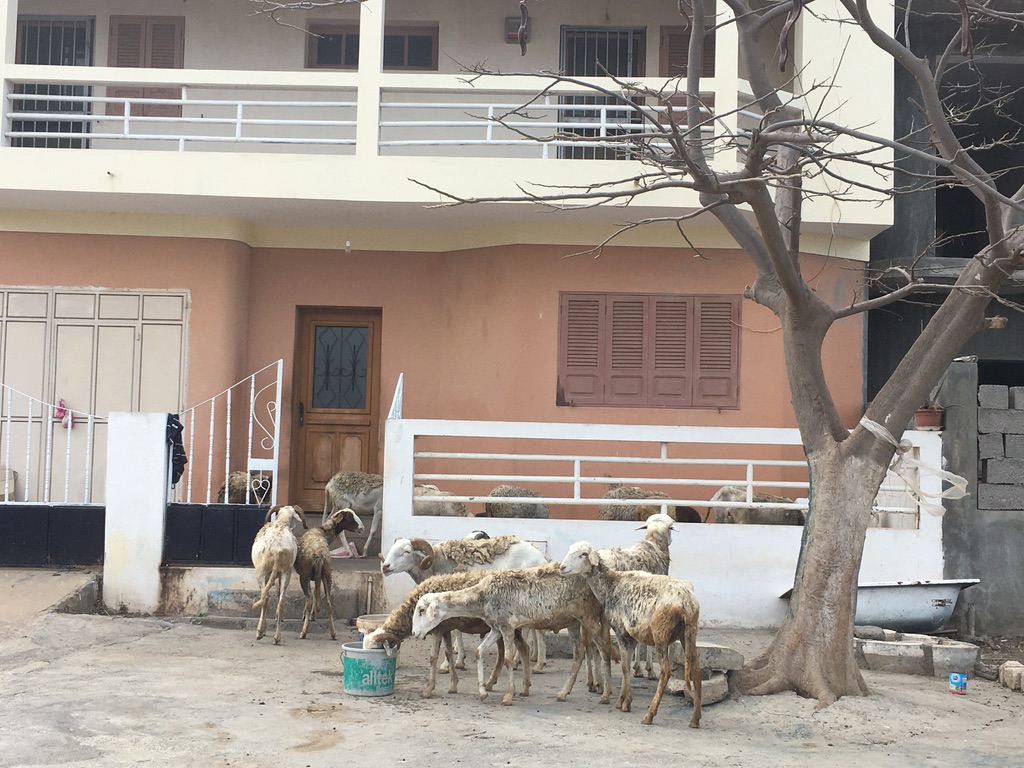

The atmosphere here has something of a Caribbean taste, palm-trees on the beach, blue water, soft crescent of sand. But it also has the feel of pushy “beach-boys”. Yet, we are more or less not pestered by anyone. One old guy asks twice for a cigarette from Daniel, someone wants to sell me I don’t know what just at the moment when I’m changing into my bathing suit and I find it embarrassing.
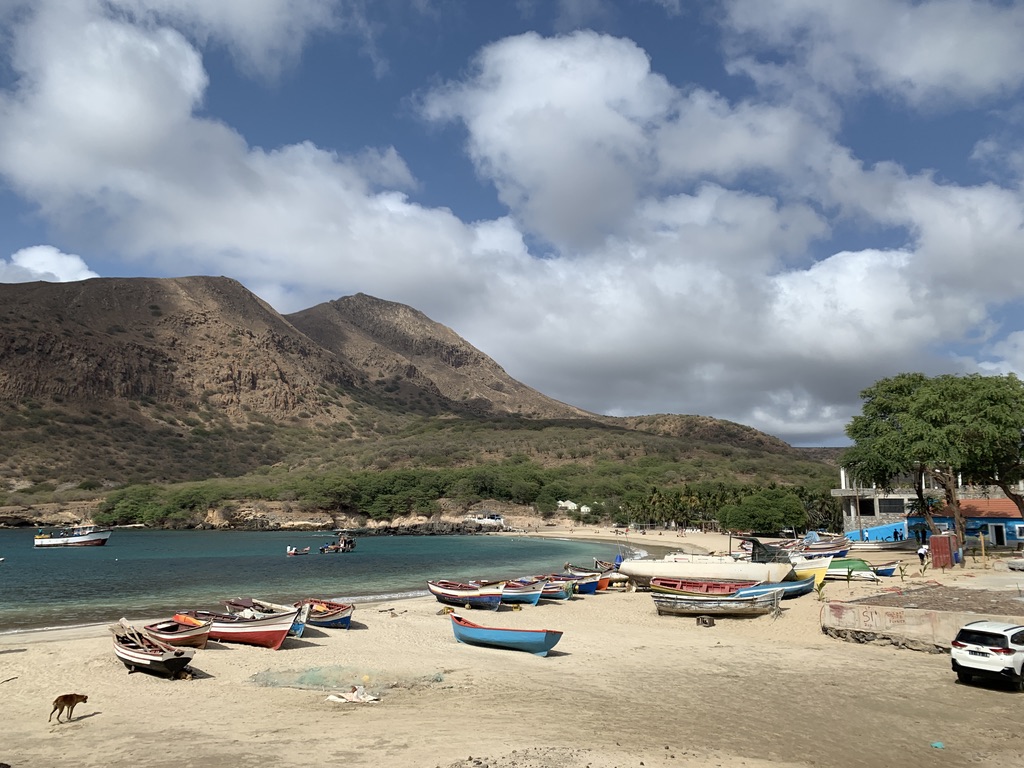

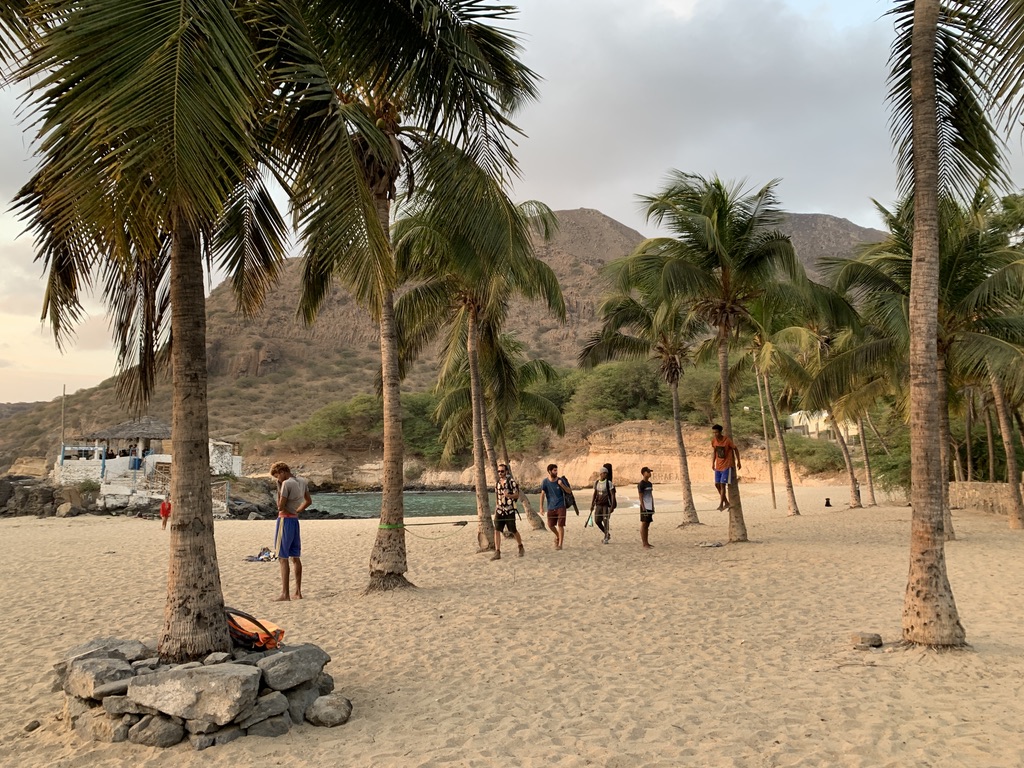
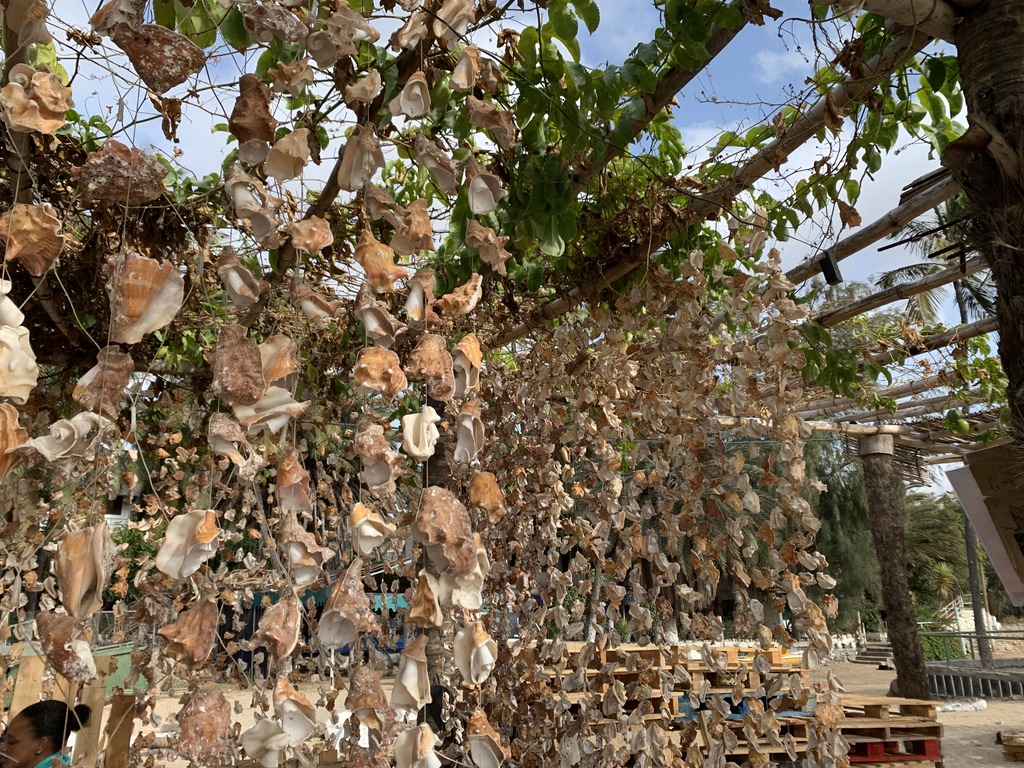

I’ve got three days left – I want to finish my book and I love having time to think. Yet, I’m slowly looking forward to getting home – not the weather, beware, but my sons, my cats, my friends – the true ones.
Cabo Verde – I did not come with many expectations. I was surprised about some things, but on the whole, I’d say once in a lifetime is enough.
I liked the old colonial atmosphere in Mindelo, the music every night in the bars and restaurants – Morna and Coldera. Here on Santiago the fast, Zeydeco kind of Funana style, two beat, has replaced the nostalgic Morna or the melodious Coldera. I don’t like it.
I was impressed by the high, steep, green mountains on Santo Antão, the Paùl valley and I had a truly good time at Aldeia Panoramico and with Marina! But I found the rugged, black coastline depressing and gruff. I felt lonely in Ponto do Sol, even though it was one of the bigger places on the island and could not imagine how people actually can love staying there.
But also the many unfinished buildings sites in the outskirts of Mindelo or here on Santiago, especially Tarrafal, give the villages a hostile, uninviting look – albeit the wonderful clear water and the gorgeous beaches, both on Maio and here in Tarrafal. The atmosphere last night at sunset was very peaceful – even though there was the odd sniff of dope in the air.
Fish is abundant and fresh, yet the menu is always the same and often they don’t have what’s on the menu. For vegetarians it’s difficult apart from the always-available omelette.
Santo Antão was a very clean island. On São Vicente I did not see much garbage either. Maio is too small, too uninhabited to produce lots of garbage, even though I collected a few plastic bags on the main beach and even in the water. But here, on Santiago, the problem of plastic bags is predominant. It truly gives the place the spell of a third world country.
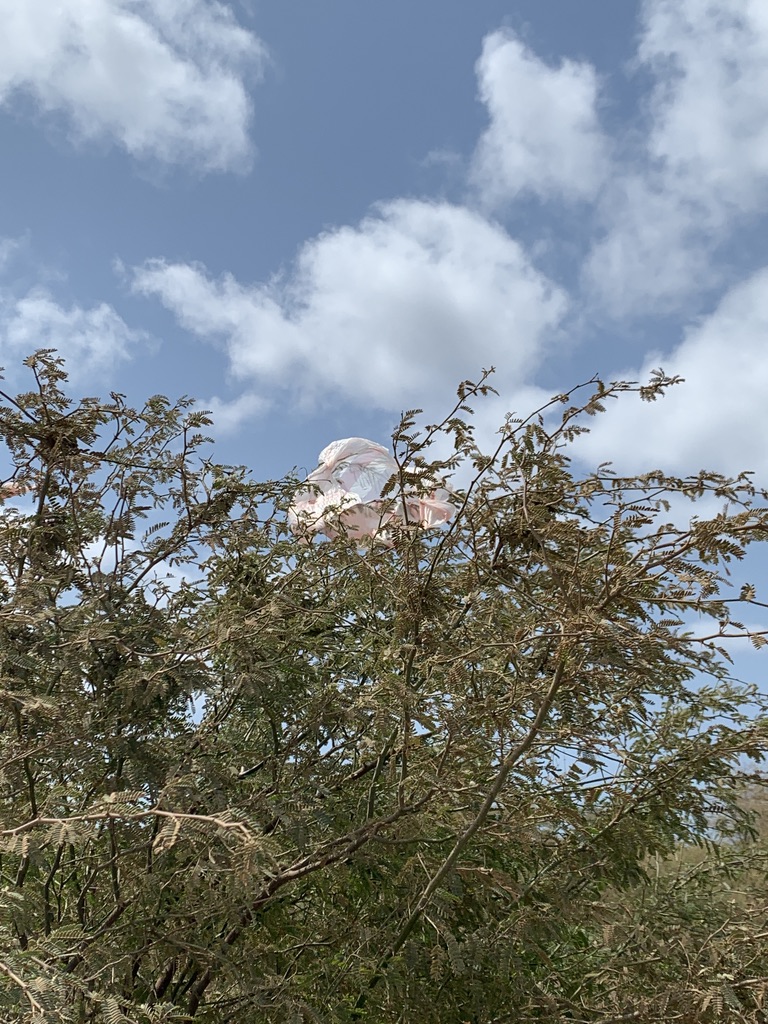
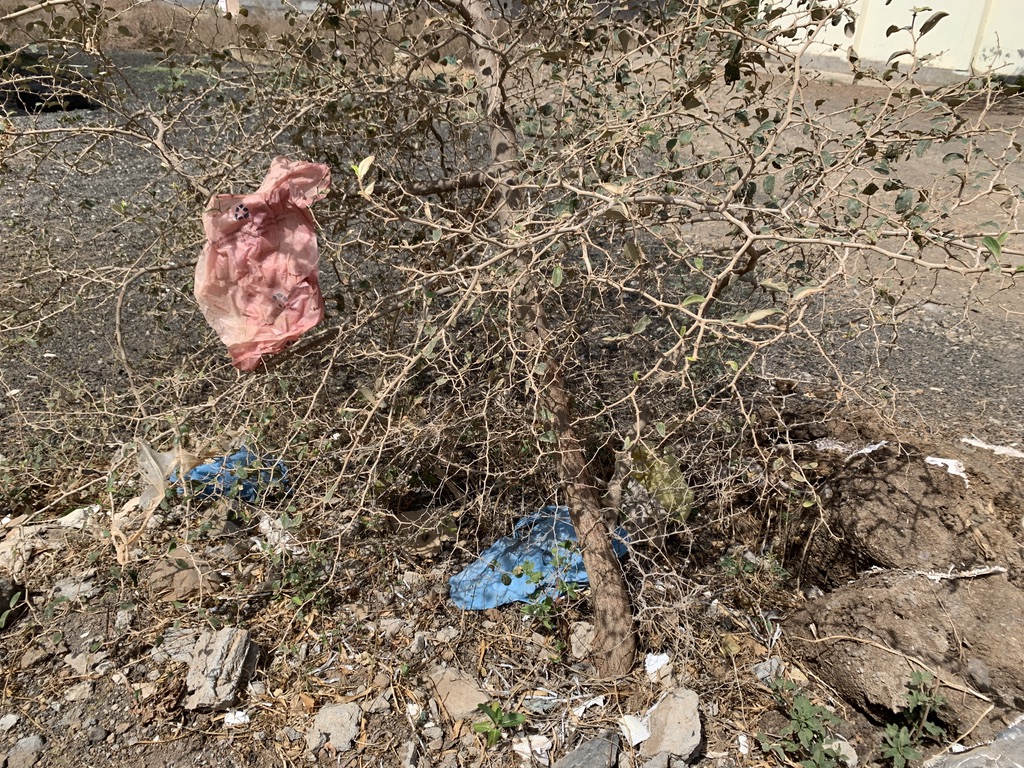
Friday is my last full day and Daniel has suggested we go for a hike to the lighthouse, north-west of Tarrafal. Several people have warned me not to go there alone, so I’m glad Daniel comes with me. The hike starts right at the beach and the path leads up the mountain range. We wander through a lovely „forest“, see volcanic basalt columns, no robbers! At one place, the path becomes really steep and I’m afraid of slipping on the debris. So I stay behind and wait for Daniel to come back.
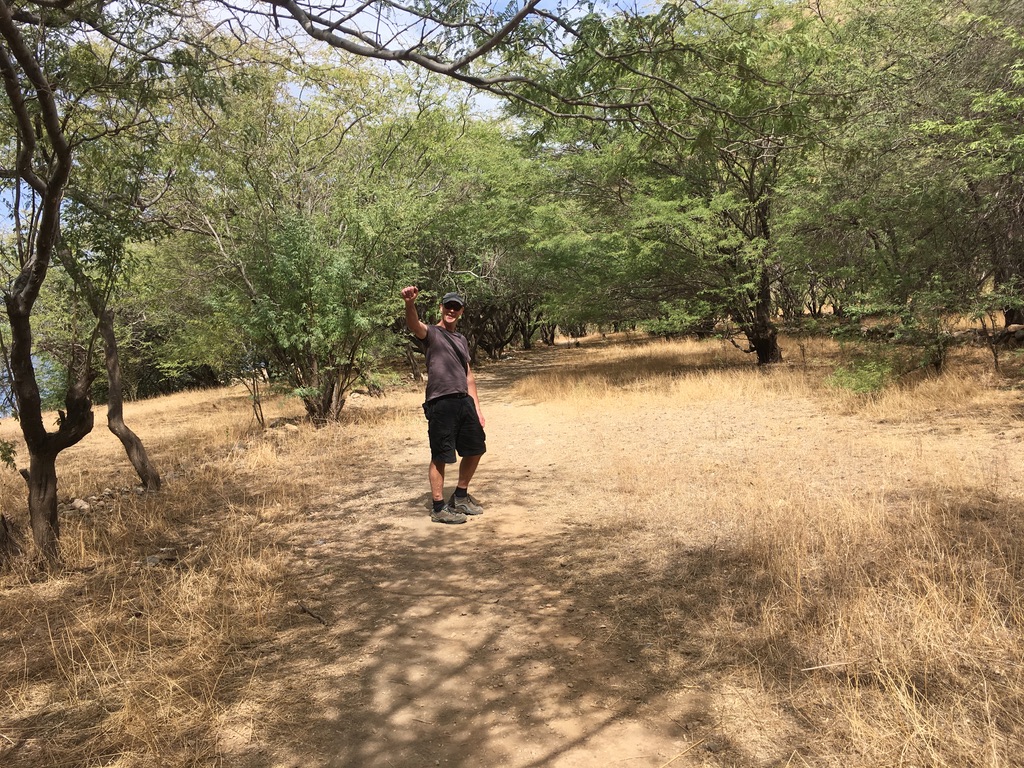
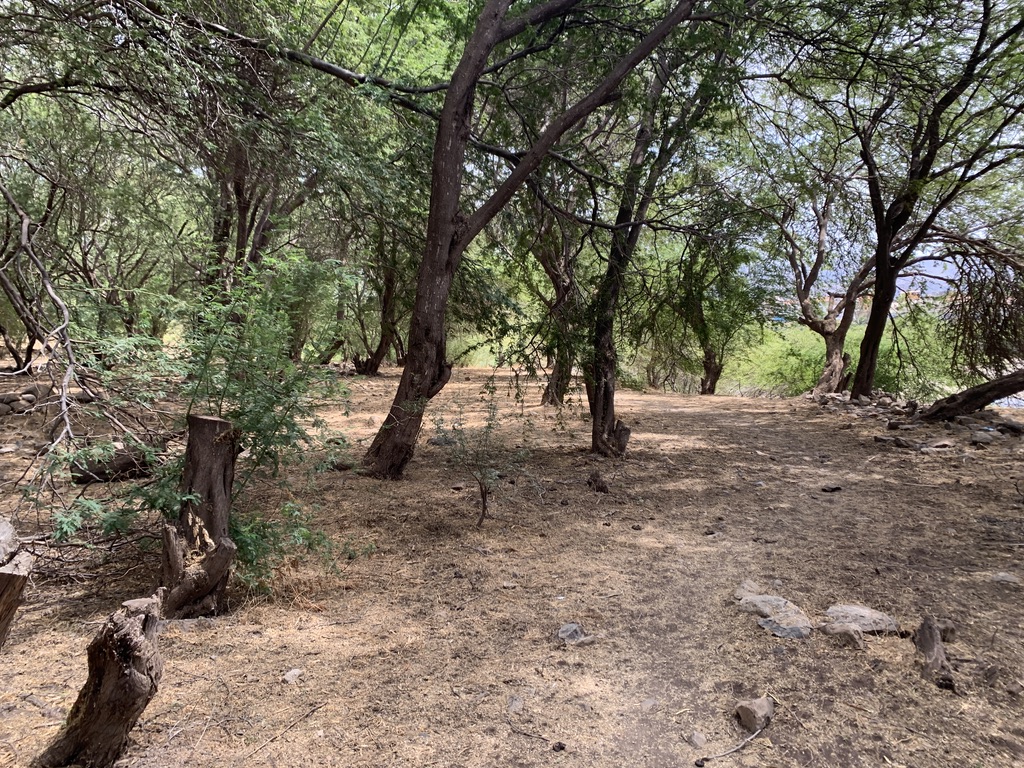
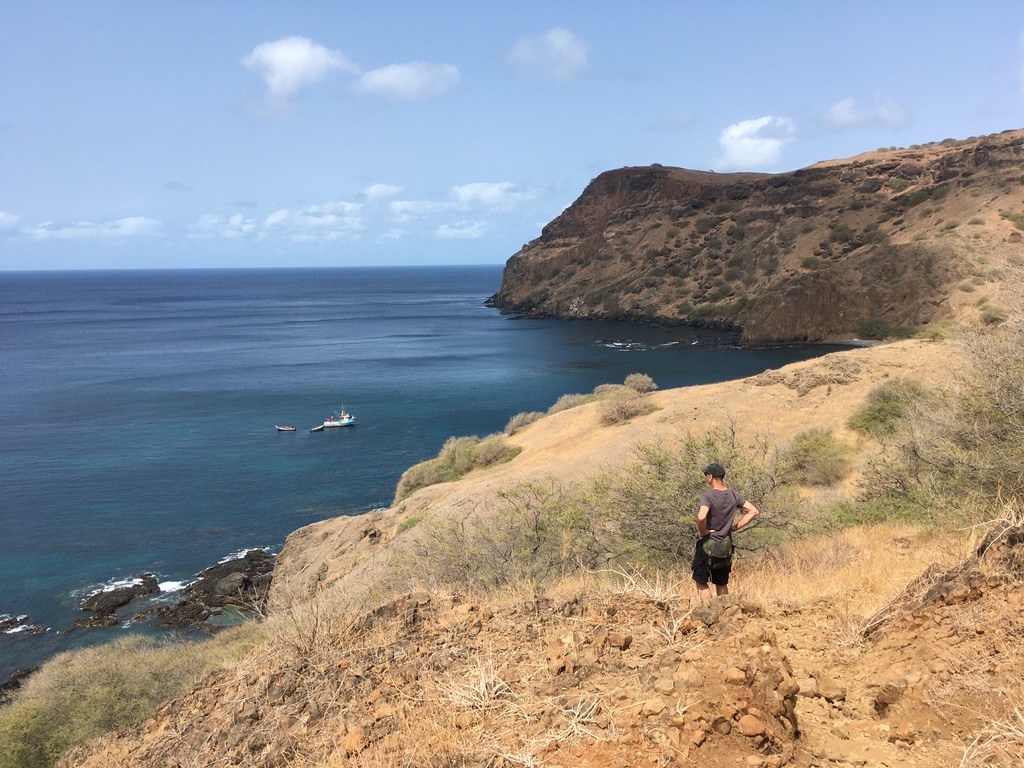
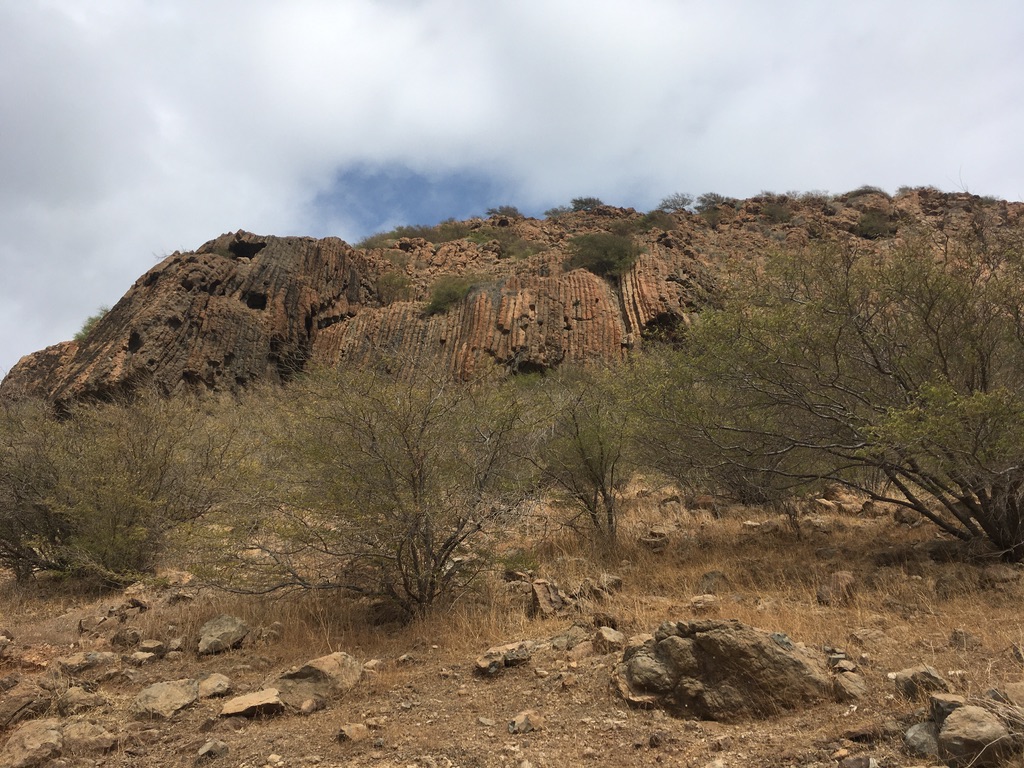
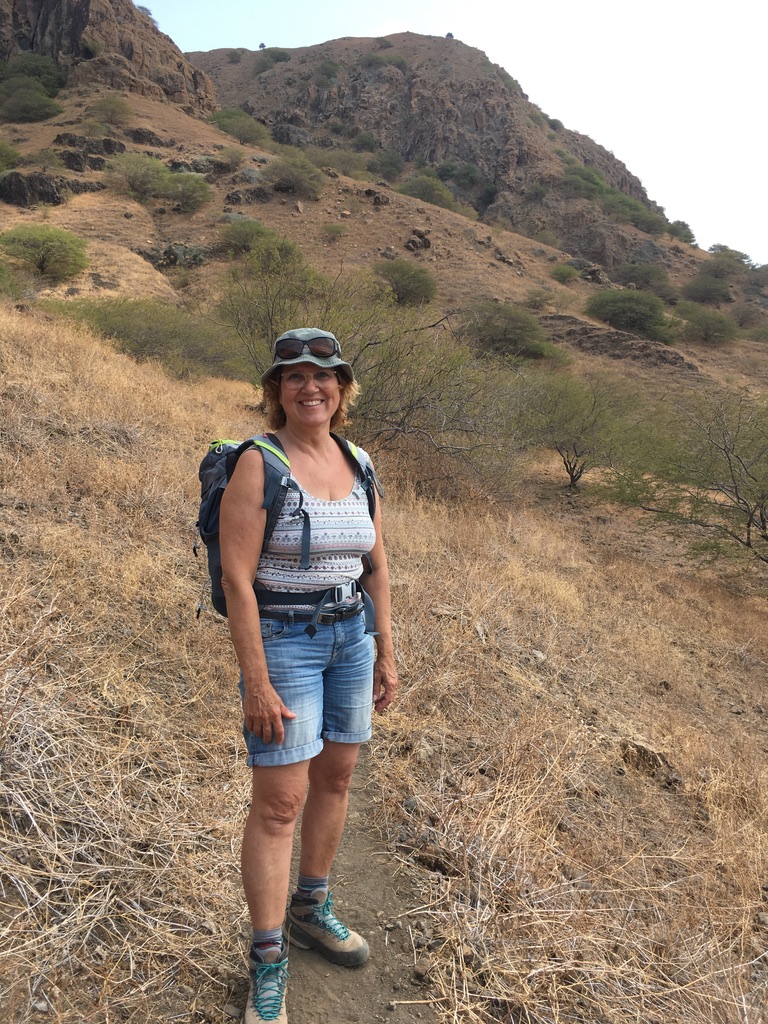
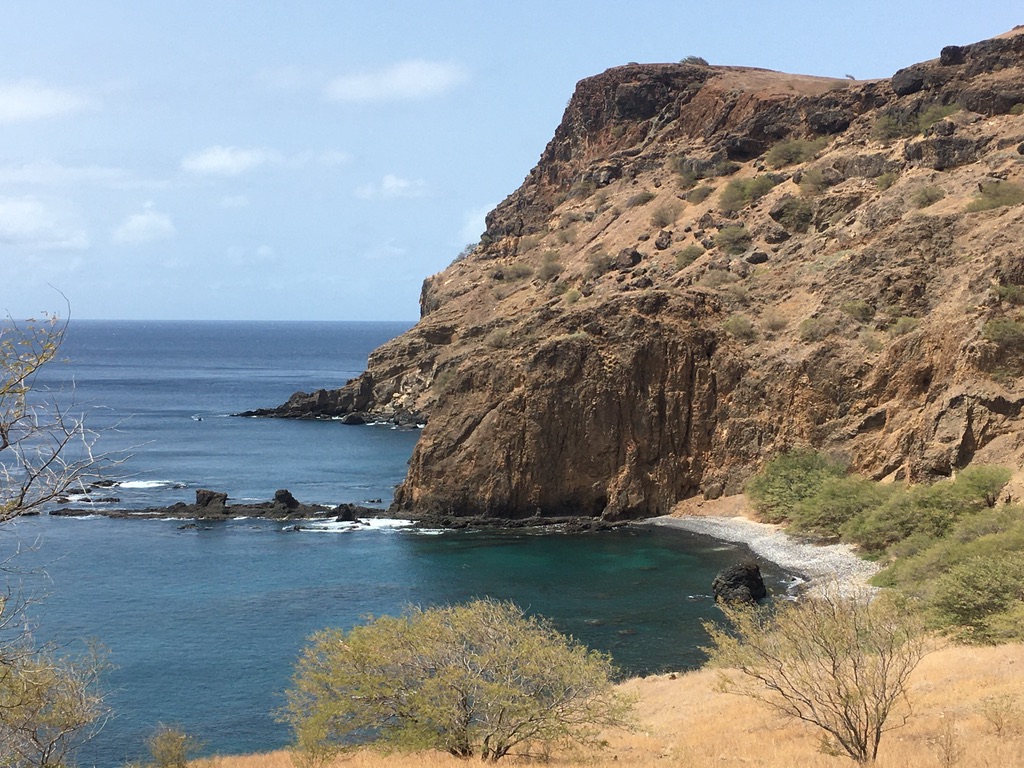
When we come back to Tarrafal the fishers have brought in their catch. There is a hammar shark!
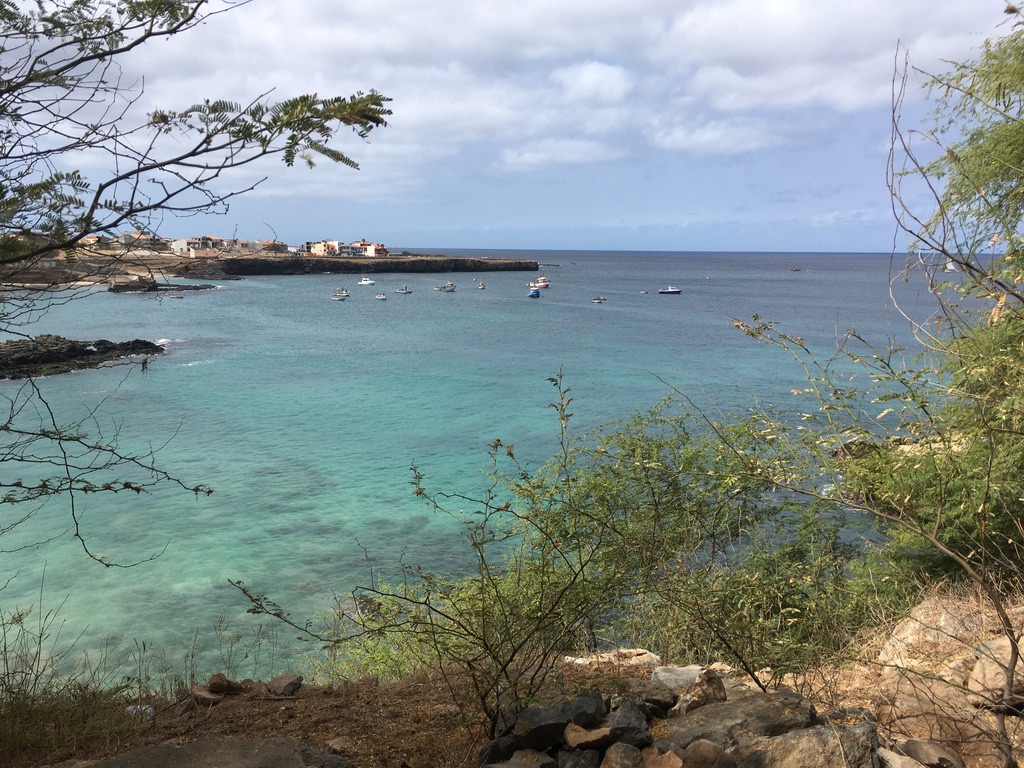
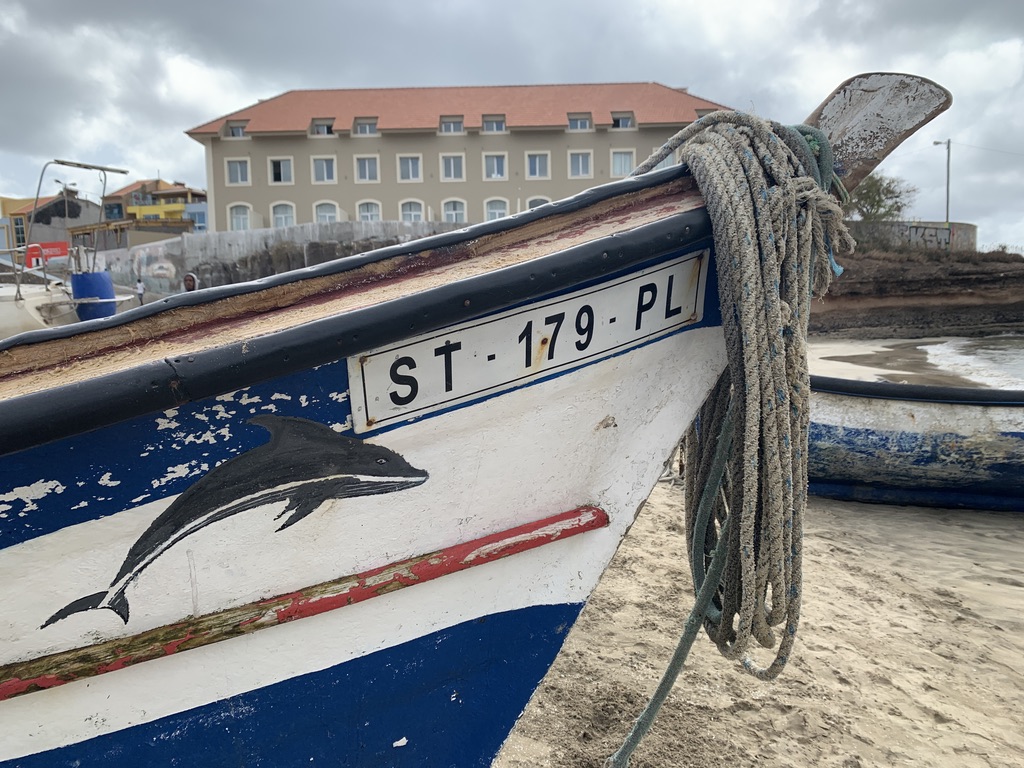
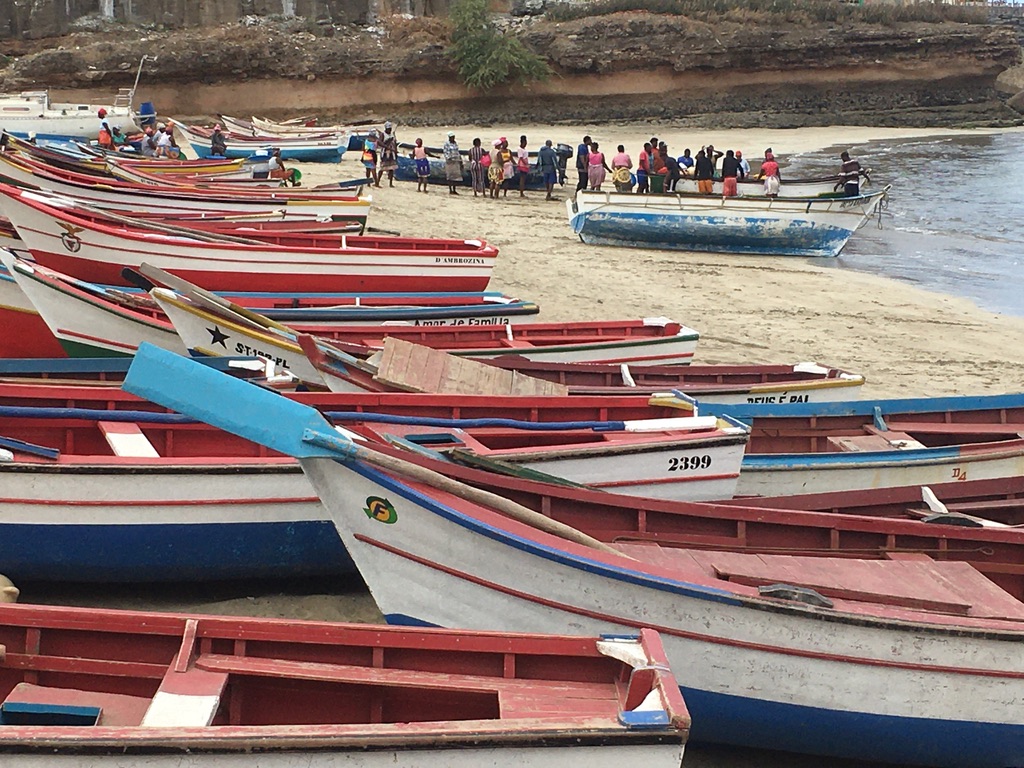
Finally I’ve also found Rémy again, and together with his friends from the surfclub (two other young people from Oléron and Mimi, the surfteacher here) we spend a wonderful dinner together. My last night in Cabo Verde … I admit, I feel a bit sorry.
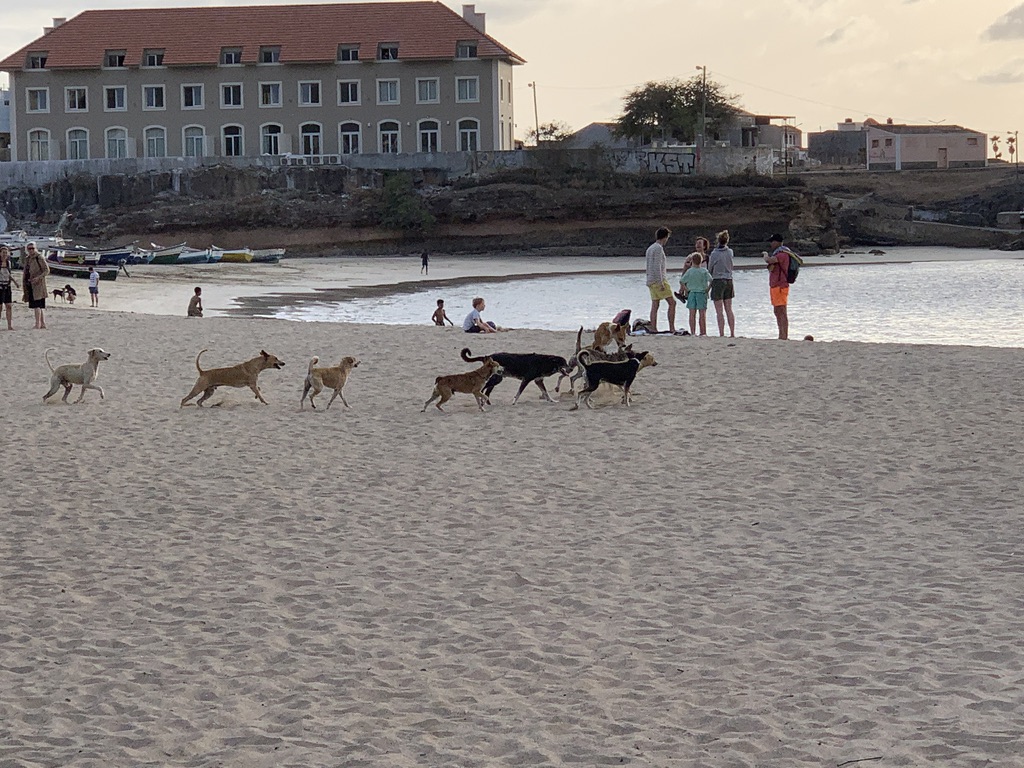

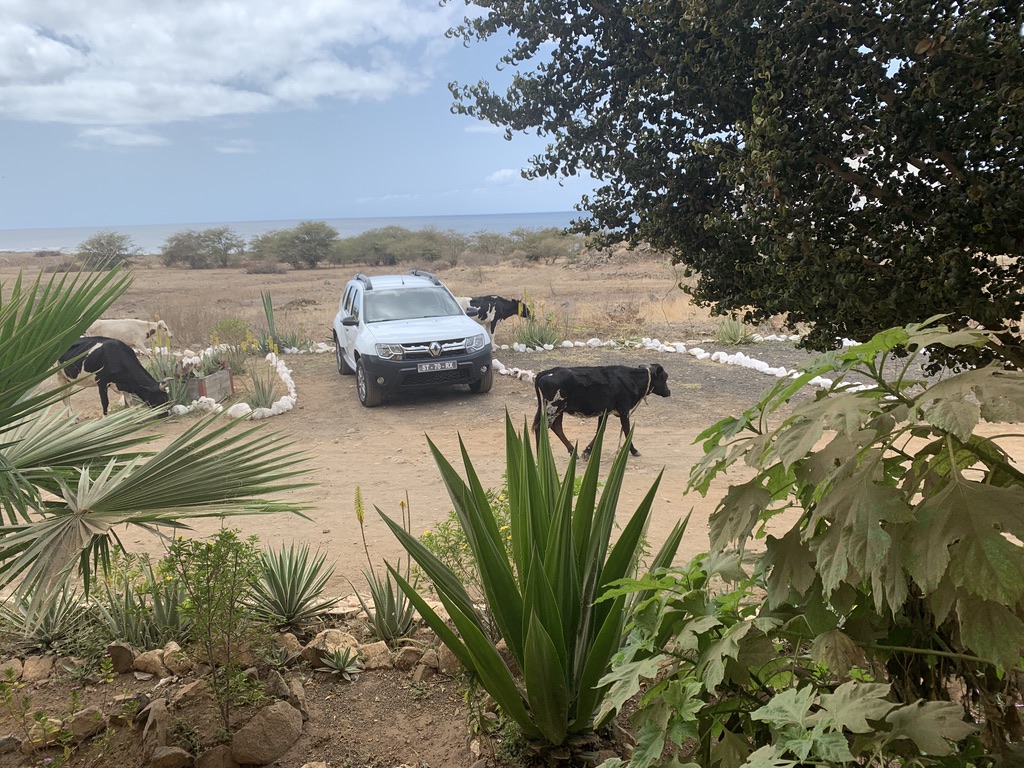
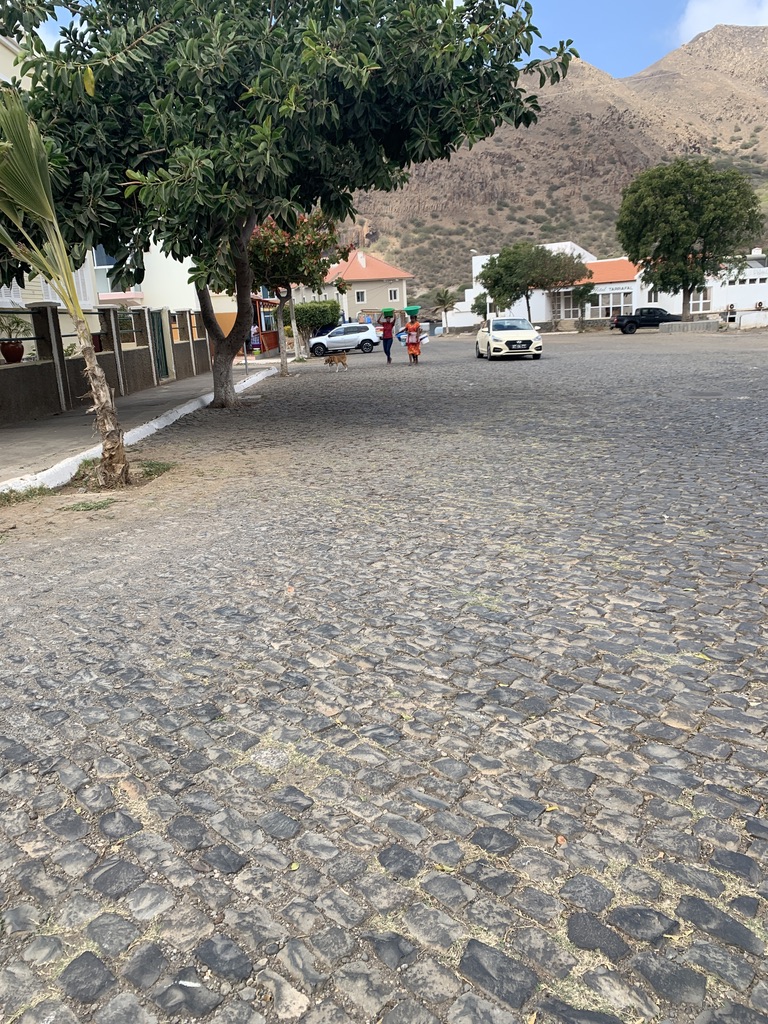

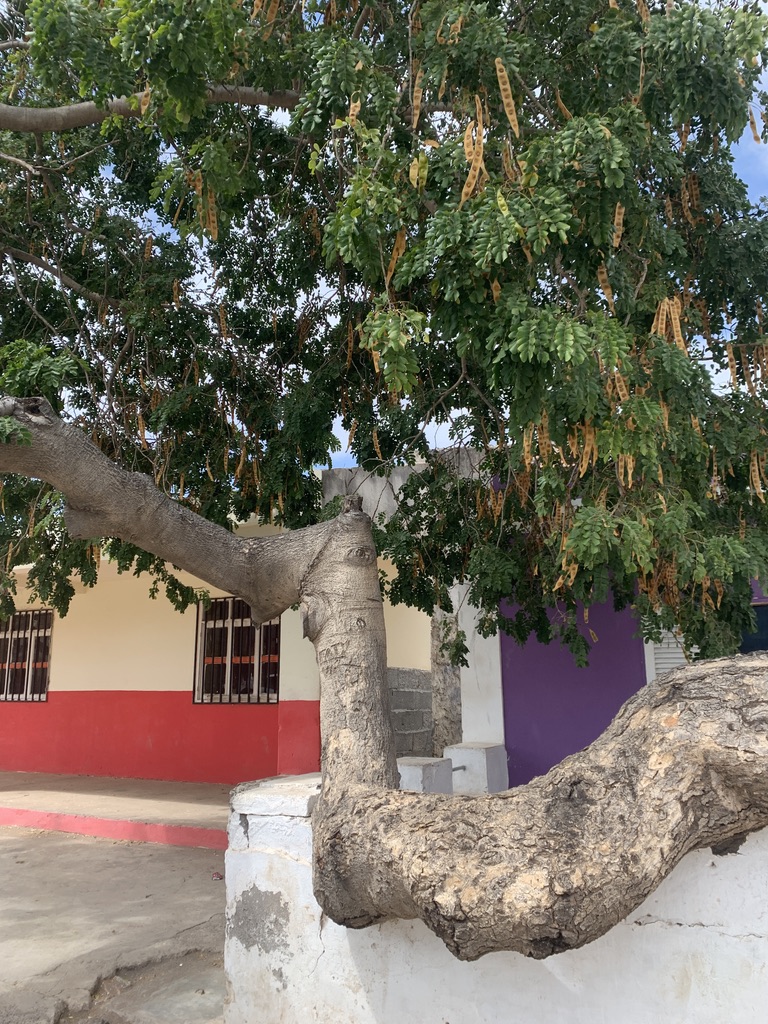
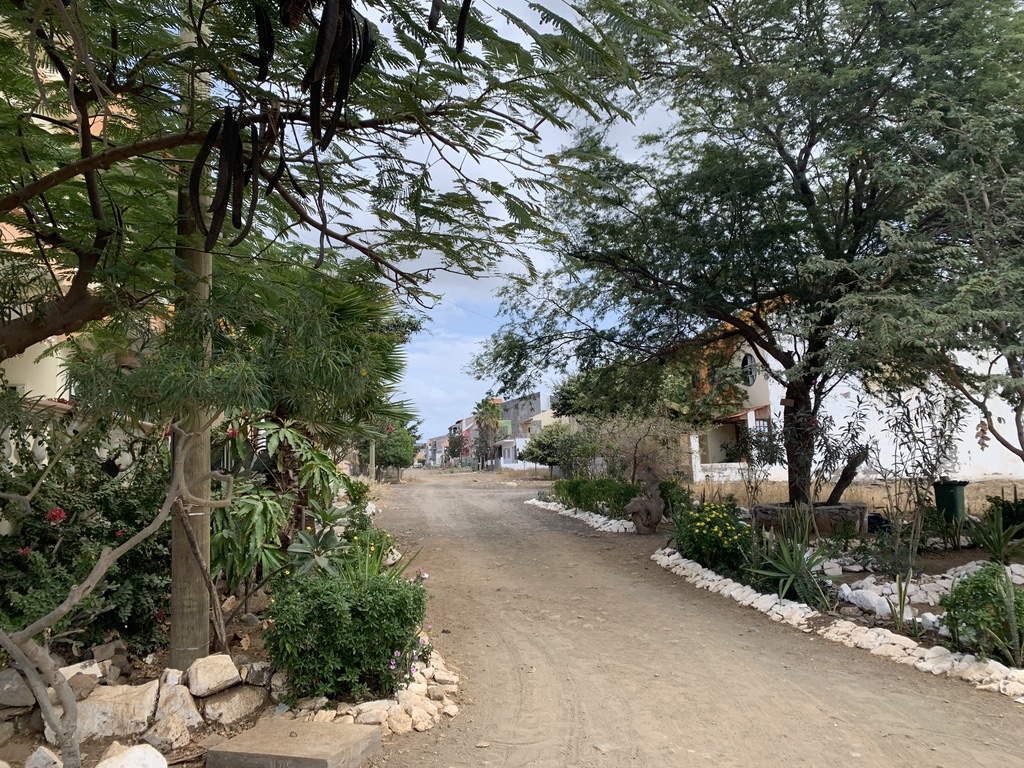

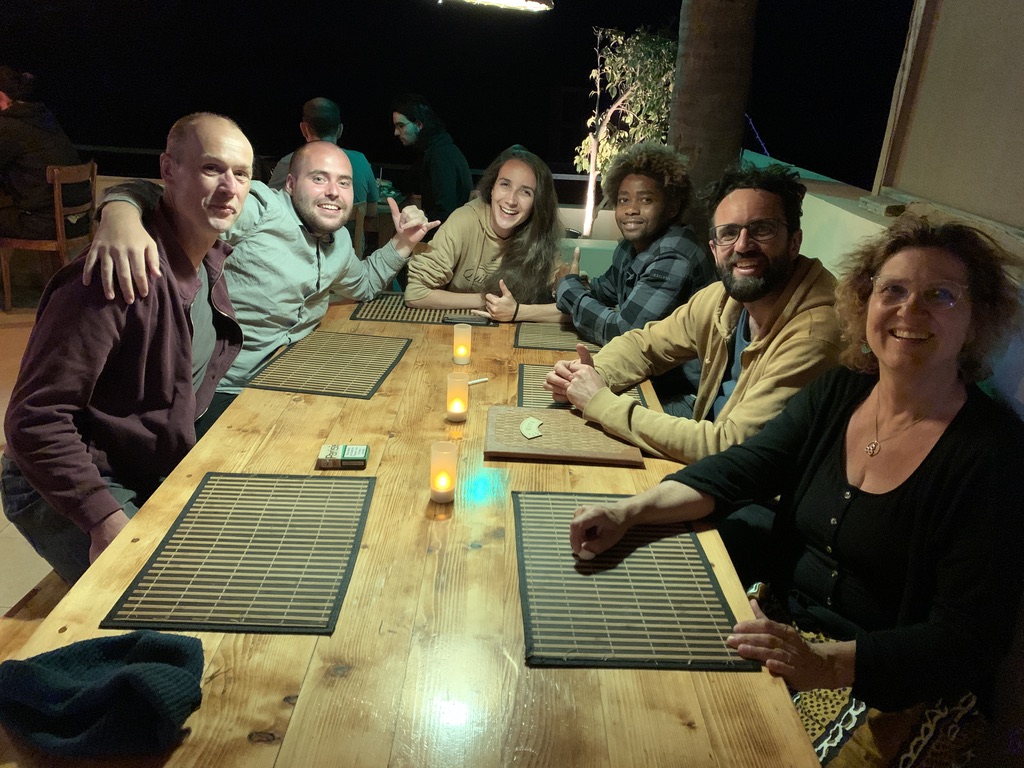
Post scriptum: It was so nice that Daniel came round to join me for my meal before the transfer to Praia. And Remy and Axel also made it for a quick beer. See you soon on Oleron! I tried to sleep while the taxi took me to the airport. Waiting to be finally boarded at 1h20 at night was exhausting. But both of us, Chloé, who was on the same flight and me had a row of three seats for ourselves and were able to sleep a good bit. We had to say goodbye in Lisbon. You are all very kind, knowledgeable and nice people. I’m so glad I got to know you!
